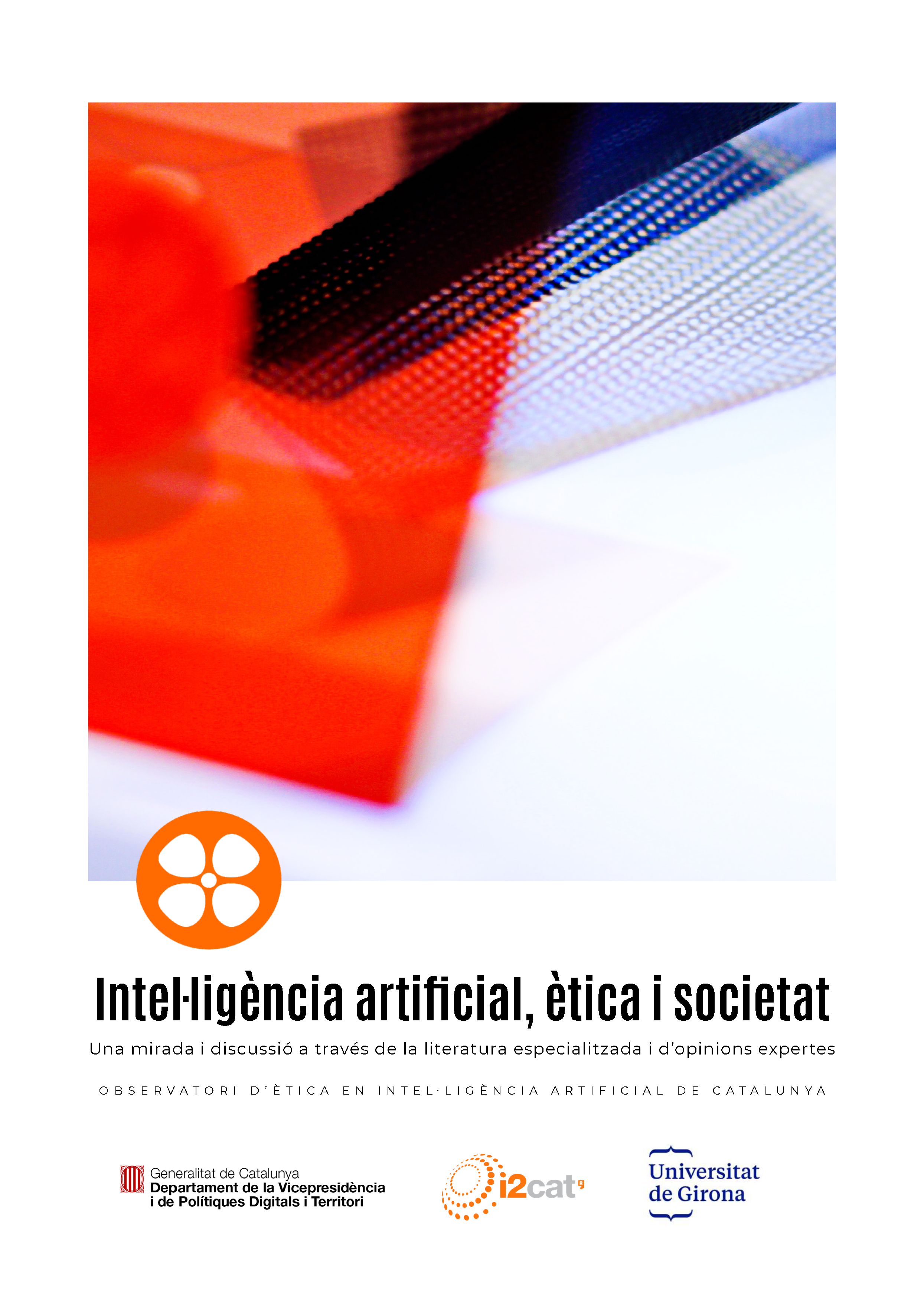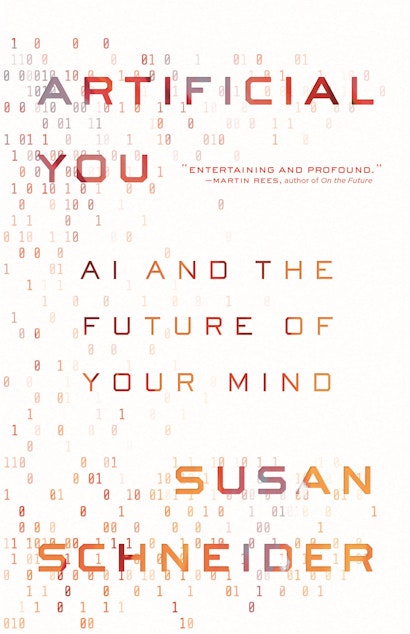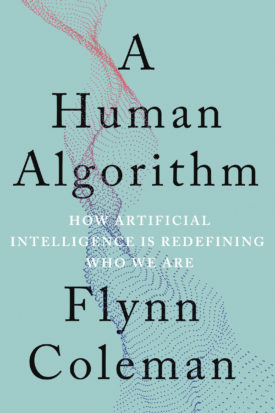Intel·ligència artificial, ètica i societat
Artificial Intelligence, Ethics and Society
Index
Foreword
Introduction
1st PART – An overview through the specialised literature
.1.1. What do we mean by artificial intelligence (IA)?
1.2. What do we mean by the ethics of IA?
1.3. The main ethical principles of AI
1.4. Why the emergence of ethical AI?
1.5. What are the main risks of AI?
1.6. The social perception of AI
1.7. What is the institutional response?
1.8. What is the business response?
1.9. How to move towards ethical AI?
1.10. A proposal for a regulatory framework of AI in the EU
1.11. By way of conclusion to the first part
2nd PART – An overview through expert opinions
2.1. Collecting and analysing qualitative information domain
2.2.1. Ethical considerations of AI: restriction, sub-objective or main objective?
2.2.2. AI as a factor in human debilitation
2.2.3. AI as a factor of human empowerment
2.2.4. The context of ethical considerations in AI
2.2.5. The impact of AI on younger generations
2.3. Legal domain
2.3.1. The geopolitics of AI
2.3.2. AI governance
2.3.3. The regulation of AI
2.3.4. The social justice of AI.
2.3.5.Transparency in AI
2.4. The future outlook
2.4.1. The main ethical and social challenges in the long term
2.4.2. The balance of opportunities and risks of AI in the future
2.5. By way of conclusion to the second part









.jpg?itok=XjmbkS_D)





